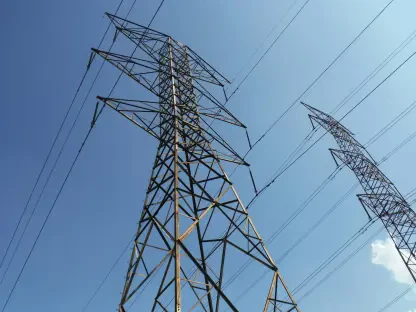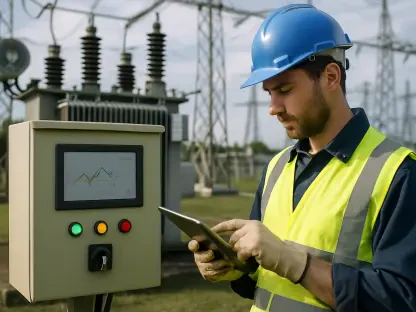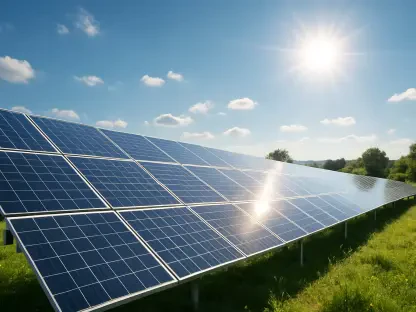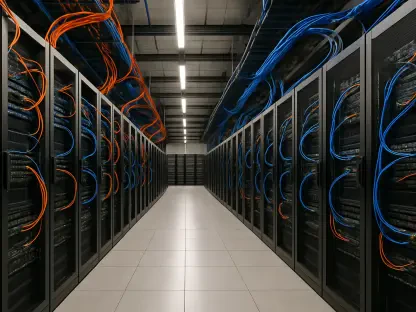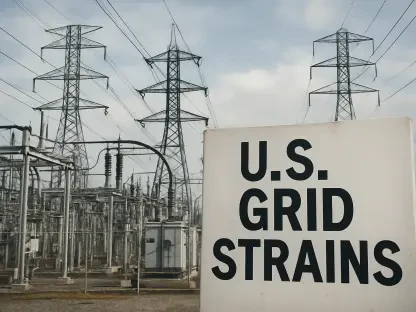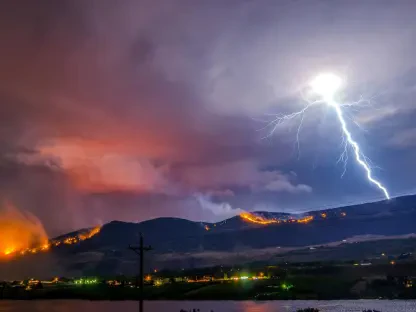Listen to the Article
Across the utilities sector, companies face increasing pressure to meet sustainability goals. Be it through decarbonization mandates (which involve organizations leveraging cross-cutting measures to reduce or eliminate carbon emissions from their business activities, and across their wider supply chain), emissions reporting, or renewable integration. But behind the headlines of “going green” lies the rising financial, operational, and strategic burden of sustainable utility operations—a more complex story.
From grid modernization and sourcing dilemmas to cost recovery and workforce retraining, firms are finding that the road to net-zero is anything but cheap. If you’ve been navigating similar trade-offs, this article is for you. It explores the often-overlooked realities of utility sustainability, why eco isn’t easy, and how leading organizations are recalibrating operations to balance compliance, resilience, and cost.
The Pressure to Decarbonize—fast
While sustainability used to be a strategic choice, it’s quickly becoming a regulatory requirement. Globally, more than 140 countries have vowed to meet their net-zero goals by 2050, and in the U.S., state-level mandates are pushing utilities to retire fossil fuel assets from the state’s power sector earlier than planned.
Firms in California, New York, and Illinois, for instance, must comply with aggressive clean energy deadlines, often ahead of federal timelines. The challenge is transitioning energy generation portfolios without compromising grid stability or sending ratepayer costs soaring.
Utilities like Pacific Gas & Electric and Con Edison are reporting multi-billion-dollar investment needs just to stay compliant. And that’s before factoring in the soft costs: permitting delays, interconnection bottlenecks, and community resistance to infrastructure build-outs.
The True Cost of “green” Operations
Infrastructure Modernization Isn’t Cheap
To support renewable integration and distributed energy resources, utilities must modernize decades-old infrastructure. This includes everything from substation automation and advanced metering to AI-powered grid analytics. The cost of these upgrades is staggering:
Duke Energy, for example, plans to spend $145 billion through 2030 to fund the critical energy infrastructure necessary to support its path to net-zero, with a third going toward grid improvements and clean energy integration.
For many, the biggest challenge is cost recovery. Regulatory approval isn’t guaranteed, especially in regions where utility commissions are wary of rate hikes tied to long-term green projects.
Supply Chain Realities Bite Back
Sourcing “sustainable” technology sounds good in theory, but in practice, global supply chains are making it harder than ever to execute. Firms are contending with:
Limited access to domestic solar panels due to tariffs and trade restrictions.
Shortages in rare earth minerals, which are critical for battery storage and wind turbines.
Long lead times for grid transformers, many of which are only manufactured overseas.
This leads to project delays, missed milestones, and rising material costs—all of which erode the potential return on investment and credibility with regulators.
Sustainability Demands a Different Workforce
Decarbonization is also a people issue. As utilities shift toward electrification, renewable operations, and digital-first infrastructure, workforce readiness becomes a bottleneck. Many report a growing gap in:
Skilled technicians for battery storage and solar maintenance.
Grid cybersecurity experts.
Data scientists who can interpret energy usage and distributed energy resources behavior at scale.
Companies like National Grid and Xcel Energy have begun retraining programs, but others struggle to scale them fast enough to meet operational needs.
Ratepayer Tension and Public Trust
One of the most under-discussed challenges of going green? Maintaining ratepayer trust while pushing through necessary cost increases.
Utilities such as Arizona Public Service have faced backlash over proposed rate hikes, even when tied to clean energy investment. As a result, public utility commissions are increasingly questioning:
Whether the green investments benefit all customers equally.
If low-income and marginalized communities are bearing the brunt of cost shifts.
Whether utilities are fully transparent about return on investment timelines.
How Forward-thinking Firms Are Navigating the Strain
Despite the pressure, several utilities are finding smarter, more efficient ways to deliver on sustainability goals because they’re embracing holistic operational change, rather than treating green goals as one-off initiatives. Here’s how:
Integrated Resource Planning (Irp) With Scenario Modeling
Organizations like NV Energy are using dynamic Integrated Resource Planning tools to test hundreds of decarbonization pathways, weighing trade-offs in cost, reliability, and emissions. This data-driven approach helps gain regulator buy-in and reduce planning risk.
Public-private Partnerships for Infrastructure Financing
To lessen ratepayer exposure, some utilities are collaborating with municipal and federal agencies to co-fund infrastructure. Southern Company, for example, is leveraging federal incentives from the Inflation Reduction Act to support green hydrogen projects.
Digital Twins and Ai to Optimize Assets
DTE Energy and Florida Power & Light are deploying digital twins to simulate and optimize grid performance under various renewable loads. These simulations inform maintenance schedules, avoid outages, and reduce operating costs without compromising sustainability.
Green Workforce Development Programs
Utilities like Dominion Energy are investing in internal academies and external partnerships with community colleges to build a renewable-ready workforce. Their focus? Creating equitable access to new energy jobs, especially in underserved areas.
Eco Isn’t Easy (but It is Worth It)
Sustainable operations in the utilities sector are now a regulatory, reputational, and risk-management imperative. However, meeting these goals requires more than good intentions.
It demands long-term capital commitment, transparent stakeholder engagement, operational agility, and a willingness to rethink how energy is generated, distributed, and billed.
Key Takeaways
If your utility company is navigating the complex path to sustainability, keep these lessons in mind:
Green upgrades require deep pockets and smarter financing.
Modernizing infrastructure for sustainability often brings sticker shock. Pursue partnerships and government incentives to share the load.
Supply chain strategy is now a core operational function. Anticipate shortages and plan for dual sourcing or domestic alternatives wherever possible.
Retraining is just as vital as retooling. Decarbonization can’t succeed without a workforce trained for it. Invest in people as much as platforms.
Ratepayer trust is fragile. Communicate early, transparently, and consistently to maintain public support.
Digital tools are game-changers—if used wisely. AI, analytics, and digital twins are no longer luxuries but foundational to efficient, scalable sustainability.
By acknowledging the real cost of sustainable operations—and tackling them head-on—utilities can lead with both environmental integrity and operational strength.



